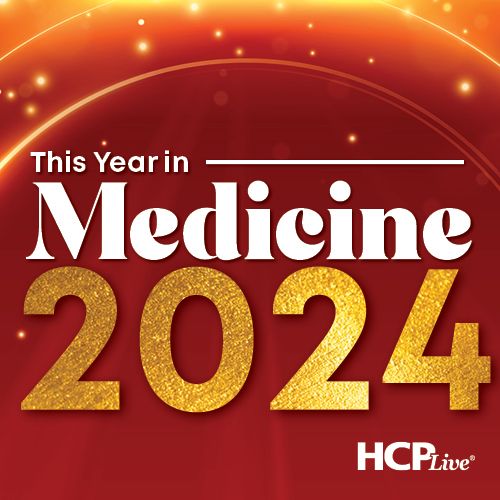Video
How Often Does Creatinine Clearance Need to Be Monitored?
%jwplayer%
The MD Magazine Peer Exchange “Novel Anticoagulation Options: Target-Specific Oral Agents and Their Antidotes” features leading physician specialists discussing key topics in anticoagulation therapy, including the clinical characteristics of current and emerging agents and criteria for use in specific patient populations.
This Peer Exchange is moderated by Peter Salgo, MD, professor of medicine and anesthesiology at Columbia University and an associate director of surgical intensive care at the New York-Presbyterian Hospital in New York City.
The panelists are:
- Scott Kaatz, DO, MSc, Chief Quality Officer at Hurley Medical Center in Flint, Michigan, and clinical associate professor at Michigan State University
- Seth Bilazarian, MD, clinical and interventional cardiologist at Pentucket Medical and instructor of medicine at Harvard Medical School
- Gerald Naccarelli, MD, Bernard Trabin Chair in Cardiology, professor of medicine and chief of the Division of Cardiology at Penn State University School of Medicine, and associate clinical director at Penn State Heart and Vascular Institute in Hershey, Pennsylvania
- Christian T. Ruff, MD, associate physician in the cardiovascular medicine division at Brigham and Women’s Hospital, and assistant professor of medicine at Harvard Medical School in Boston
Now that we have heard that the renal clearance of the novel oral anticoagulants can pose an issue for treating patients who have renal dysfunction, it raises a question about how often creatinine clearance should be monitored.
Ruff said that it should be checked at least once a year for patients with normal renal function, but for patients whose renal function is impaired, who have a change in clinical status, or need a procedure that could put them at risk for bleeding, the levels should be monitored more frequently.





